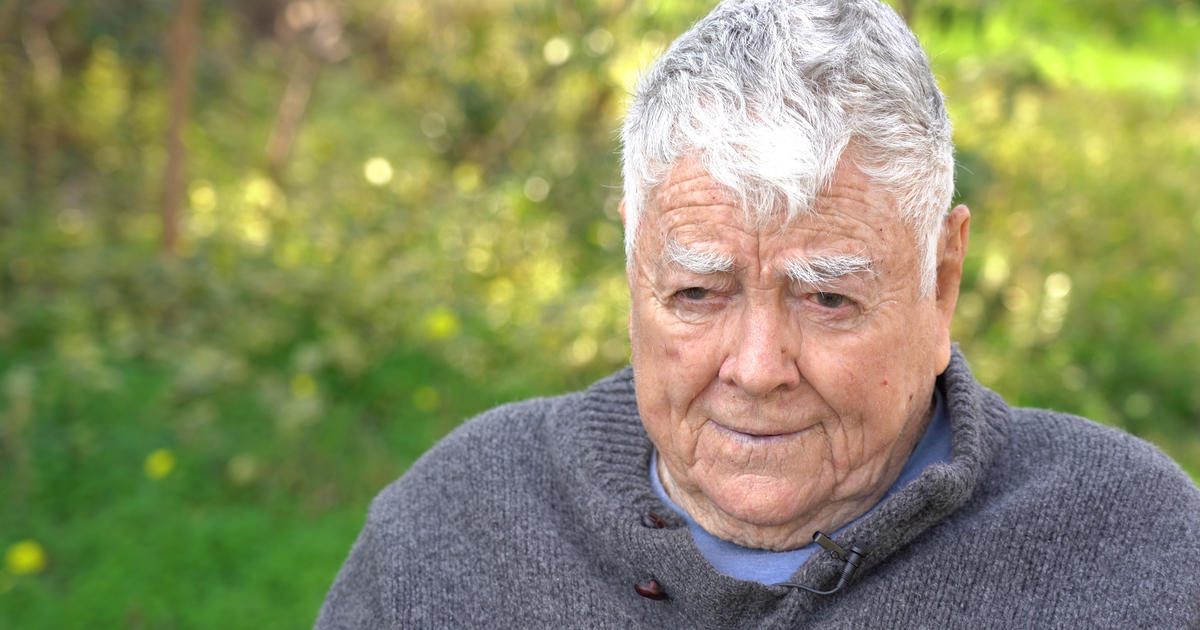Barrier Removed From Peninsula Creek Allows Endangered Fish To Migrate
PALO ALTO (CBS SF) -- Representatives of federal, state and local agencies Thursday announced the elimination of a 105-year-old barrier in a creek between Palo Alto and Menlo Park to allow endangered steelhead trout to migrate upstream from San Francisco Bay.
The project by the U.S. Environmental Protection Agency, the National Marine Fisheries Service, California State Coastal Conservancy and San Mateo County removed the concrete wall from the San Francisquito Creek that was blocking most of the migrating native trout, EPA spokesman David Yogi said.
The barrier was placed in the creek back in 1908 to protect the nearby historic El Palo redwood tree from flooding but prevented many juvenile steelhead from swimming upstream to spawn, said Brian Wardman, an engineer from West Sacramento-based Northwest Hydraulic Consultants who worked on the project.
The fish make the upstream swim from the bay each November, when water levels in the free-flowing creek are high due to seasonal rainfall, Wardman said.
The project removed the last obstacle for migrating steelhead in the San Francisquito, identified as a critical habitat for the fish by the U.S. government in 2005, Yogi said.
The creek serves as the boundary between the cities of Palo Alto and Menlo Park and the counties of Santa Clara and San Mateo.
Jared Blumenfeld, the EPA's Pacific Southwest regional administrator, said with the barrier gone, the steelhead, already a federally-threatened species, will be free to move 40 miles upstream from the bay to spawning and rearing grounds.
The unimpeded access to the creek, running east toward the bay from Searsville Dam in Portola Valley near Woodside, will improve prospects for the fish species, which have not been doing particularly well in San Francisco Bay, Blumenfeld said.
"It is certainly going to point the indicators in the right direction," Blumenfeld said. "Things have been going down. Habitat loss, pollution, all those things continue to stress and an already stressed population of steelhead."
"So this is sending the tide literally in the other direction," he said. "It's going to open up habitat. And the habitat is a good habitat. It's really going to give a kick start to the population."
The project to extract the wall, called the "Bonde weir," from the creek came about after the partnering government agencies together obtained $309,000, including a $75,000 grant from the EPA, Blumenfeld said.
"Forty miles of improved access," said Darren Howe, a fisheries biologist for the National Marine Fisheries Service in Santa Rosa. "That's quite a lot. That's a real improvement."
(Copyright 2013 by CBS San Francisco and Bay City News Service. All rights reserved. This material may not be published, broadcast, rewritten or redistributed.)



